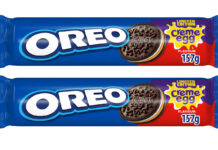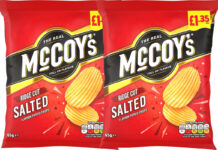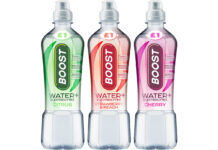On-the-go drinks was one of the first sectors to adopt the price-marked-packs approach. For this spotlight, Scottish Grocer spoke to drinks firms to see how their use can affect sales

AN irresistible price can encourage a shopper to buy an item they had no intention of picking up when they entered the store, says Amy Burgess, trade communications manager at Coca-Cola European Partners.
And she says PMPs are an ideal way of presenting great perceived value.
Burgess added that research has shown that PMPs will encourage shoppers to try new products, quoting a figure from researcher HIM that 43% of consumers claimed they’d be more likely to try a new line if it was sold in a PMP.
A spokesperson for Boost said that PMPs can help independents compete by offering a price point in line with the multiples, while demonstrating value for money to consumers.
Ready-to-drink alcohol distributor Global Brands added, also quoting HIM research, that 82% of shoppers specifically search for price-marked packs.
Brand controller Christian Sarginson said: “Consumers are used to seeing price-marked goods in stores, and 61% of convenience shoppers think that price-marked packs offer better value for money than supermarket equivalents.”
[box style=”0″]
Retailer view

Harris Aslam, director at Eros Retail, said: “PMPs are important in every category and confectionery is no different.
“We advertise deals all the time in-store, however if a deal is on-pack it brings greater credibility and gives the consumer a stronger perception of value.”

Ferhan Ashiq at Levenhall Village Store in Prestonpans said: “The problem is we’ve conditioned the consumer to seek out price mark and now we can’t go back, but price mark is damaging to convenience stores.
“The margins on price mark packs are so tight you can’t run a store on them.”
[/box]


















